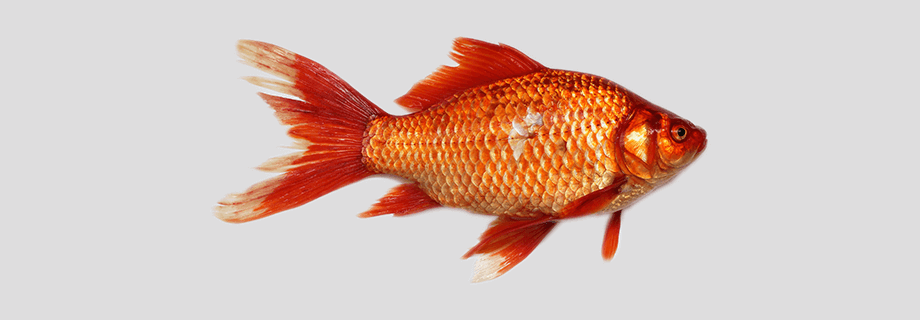Can I Make my own Aquatic Feed?

As corn, wheat and soybean prices sky rocket, manufacturers of feed for retail are forced to increase their prices. Feed constitutes the main operational cost of all livestock, poultry and fish farms. According to the World Fish Center, fish farming may account for up to 70% of the production cost depending on farm intensity.
For small and medium operations where the feed is imported or bought from a local feed company, the cost will continue to increase due to the increase in feed ingredient cost and their availability.
Yes, you can make your own fish feed if:
1) You are familiar with the requirement for the species you are raising
2) Have the knowledge about the quality of locally available ingredients and their suitability for the fish
3) Have access to vitamins-minerals supplementation including heat stable Vitamin C
4) Have access to an aquaculturist, nutritionist and the technical staff of your extruder manufacturer
An extruder is the heart beat of an aquatic feed system that can allow you to achieve the needed characteristic of the pellet including:
- Providing the highest possible digestibility of nutrients from the feed
- Buoyancy – floating vs. sinking
- Water stability
- Uniformity and needed size for the age and species you are raising
- Utilization of locally available ingredients substitute to corn, soybeans, fish meal and other energy and protein sources
For example, cassava is available to countries in South East Asia and Africa that can be utilized as a source of necessary starch and energy for Tilapia and Catfish Feed. Groundnuts (peanuts) can be used as a protein and energy source with some synthetic amino acid supplementation to replace some of soy protein and fish meal. By-products from the slaughterhouses or from the food industry can be processed through an extruder into a high quality protein and energy source.
The extruder manufacturer should be able to teach you the effect of the different variables on the quality of extruded pellets produced. Variables like the grind size of the formula in relation to the pellet size, amount of starch needed for floating fish feed, the limitation of oil or fat inclusion in the extruded formula and the effect of moisture and/or moisture and steam on the starch gelatinization are just a few examples. You can reduce your feed cost and yet achieve your targeted performance as you control the quality of your own feed.



